4 Symptoms of Unbalanced pH Levels
Vaginal pH plays a crucial role in protecting your pelvic health. Acting as a natural shield, it creates an environment that discourages the growth of harmful bacteria and yeast, reducing the risk of infections. Recognizing when your pH is unbalanced allows you to proactively manage your vaginal health. In this article, we’ll talk about the importance of vaginal pH, its role in maintaining health, and how to identify common symptoms of imbalance.
Symptoms of unbalanced pH levels
Vaginal odor
When the vagina becomes less acidic, it changes the environment where bacteria live. This change can cause good bacteria to die off while allowing unhealthy bacteria to grow. It's like what happens when salt water becomes fresh water - fish that need salinity to live will leave or die, while creatures that like fresh water will move in and thrive. When this kind of switch happens in the vagina, it can lead to bacterial vaginosis (BV), which often causes an unpleasant odor.
Unusual Vaginal Discharge
An infection-related excessive vaginal discharge often has a color, like gray, yellow, green or brown or a pungent odor. If an excessive discharge has no color (clear or white), nor odor, it might not be an infection. Non-infection related discharges can be caused by hormonal imbalance. An indication is irregular menstrual periods.
Vaginal irritation
Vaginal itching has a number of causes.
If you are postmenopausal, a common cause is vaginal dryness due to reduced estrogen.
NeuEve Salve is good for menopause related vaginal dryness and itching. If it did not help you much, your itching could have other causes, like allergy, skin condition, yeast, BV, etc.
A burning sensation
Another indicator of a pH issue is a burning or painful sensation. It may occur during penetrative sex, urination or inserting tampons.
Burning could indicate an acidic, low pH issue called cytolytic vaginosis. Cytolytic vaginosis is when an overgrowth of lactobacilli causes low pH, and low pH causes your cells to burst, releasing its nutrients, which feed the overgrowth of lactobacilli. This creates a cycle. NeuEve CV Clear our remedy for this issue.
What Is Vaginal pH?
Short recall of middle school science material:
pH stands for “potential of hydrogen” and ranges from 0 to 14. We call things with low pH acids, such as lemon juice; substances with high pH are alkaline, such as bleach.
The normal vaginal pH range for reproductive-aged women (age 15- 49) who have menstrual period is 3.8-4.5. https://www.healthline.com/health/womens-health/vaginal-ph-balance
When the vaginal pH is higher than 4.5, it provides a better environment for unhealthy bacteria or yeast to grow. It puts you at risk for vaginal infections, like bacterial vaginosis (BV), yeast, and/or trichomoniasis (trich).
If the vagina is slightly too acidic, it usually doesn’t cause diseases. Excess acidity can lead to complications.
If the vaginal acidity rises too much, it may cause acid burn, which damages the vaginal lining cells. The condition is called "cytolytic vaginosis" or CV. The word cytolytic means cell damage. CV causes discomfort such as vaginal burning and discharge.
Too much acidity may also reduce your fertility. Sperm likes an alkaline environment. The optimal pH for them to swim is 7.0 - 8.5.
What can affect your vaginal pH?
- Intimacy: Semen is alkaline. Therefore during sex, the pH level inside the vagina temporarily rises. The semen makes the normally acidic vagina more alkaline to protect sperm so that they can swim to the egg. Vaginal pH affects the mobility of sperm, and thus fertility. In general, what’s better for the sperm is worse for the woman’s vaginal pH balance.
- Menstrual cycle: Presence of menstrual blood can increase vaginal pH levels. Blood is alkaline. Menstrual blood has higher pH than the vaginal environment. Using a product like NeuEve immediately after your period or sex can help bring your pH back to normal.
- Antibiotics: In general, antibiotics and antiseptics may kill bacteria indiscriminately. The friendly Lactobacillus bacteria are also killed. After treatment, the woman's Lactobacillus-dependent natural defense is not established. This causes pH imbalance and makes the vaginal environment defenseless against infections. Unlike antibiotics or antiseptics, NeuEve works by delivering nutrients to restore balance gently. Therefore, NeuEve products can be safely used against infections and for long-term health maintenance.
-
Douching: cleaning the vagina with products containing vinegar or baking soda. While this method is claimed to reduce vaginal odor, its effects are only temporary. On the contrary, washing your vagina with harsh chemicals and water can flush out good Lactobacillus bacteria which affect your vaginal pH. Consequently, you become more prone to various vaginal infections.
https://www.ncbi.nlm.nih.gov/pmc/articles/PMC3955044/
How to support your vaginal pH
- Avoid harsh soaps and douching: Since douching is strongly linked to BV you should avoid it. Avoid harsh soaps, fragranced products (including pads and tampons). Instead, wash our vaginal area gently with warm water. If you want to use additional products use gentle unscented soaps.
- Take probiotics: The lost Lactobacillus bacteria that help keep an earthy vaginal environment can be restored. You can take them in the form of probiotic supplements or through incorporating fermented foods in your diet. Foods that contain Lactobacillus bacteria include yogurt, kefir. Kimchi, miso, sauerkraut, etc.
- NeuEve: NeuEve restores vaginal pH to the right acidity with a proprietary technology. It is not like other products that use either acid or base to adjust pH. For example, boric acid uses a pure acid. Baking soda uses a pure base. These products can adjust pH quickly, but they cannot maintain a stable pH for a long period of time. If overused, the final pH can be overly acidic or basic. All NeuEve products are designed to reduce pH (increasing acidity) except "CV Ease" that raises pH for relieving cytolytic vaginosis.
Understanding your vaginal pH is a cornerstone of pelvic health. With the right knowledge and tools, you can maintain balance and protect your well-being at every stage of life.
FAQ
How do I know if my pH is unbalanced
If you notice symptoms Iike vaginal discharge, consistency, or odor, you should measure your vaginal pH. An increased pH (>4.5) may indicate a possible vaginal infection.
You can find several different kits for testing vaginal pH on Amazon.
These kits have two basic components: pH paper strips and a color chart with corresponding pH values.
To measure vaginal pH, insert a Q-tip into the vagina and hold it for five seconds to allow it to absorb moisture. Withdraw the wet Q-tip and press it against the pH paper strip until it is fully wet.
Wait for a few minutes for the color on the pH paper strip to develop. This step may take up to five minutes, depending on the kit. Compare the color of your pH paper strip to the colors on the chart. Write down the number.
Note, you must compare the color while the paper strip is wet. After it becomes dry, the color changes and it may no longer be accurate.
If your pH is below 4.5, you may rule out BV as BV often has a higher pH. But you cannot rule out yeast infection or cytolytic vaginosis, which may have a lower pH than 4.5.
We recommend this Pelvana brand because it is easier to read. Other brands are cheaper but may be a waste of money because it is hard to separate the colors for pH 4.5 and pH 5.0.
Note: Applying a NeuEve suppository, like BV Clear, can maintain vaginal pH in the normal range for up to 3 days. If you are currently using NeuEve suppositories, you will need to wait at least 3 days after your last suppository before measuring vaginal pH.
Does high pH mean infection?
If you are postmenopausal, a higher vaginal pH does not necessarily suggest an infection when you do not have symptoms like odor or discharge. You may experience discomforts like burning, itching, and painful sex, but these symptoms may not be caused by infections. They may be associated with normal aging like vaginal atrophy and dryness caused by estrogen reduction. By regular use of NeuEve suppositories, vaginal dryness and atrophy can be stopped and/or reversed naturally without using estrogen.
How do I restore my pH balance after menopause?
Before menopause, the vaginal lining has a thick mucosal skin of about 40 layers. The cells on the top layer frequently shed, like dandruff shedding from the scalp. The shed cells feed the friendly Lactobacillus bacteria. The bacteria in turn produce acid to drop the pH to below 4.5.
After menopause, the vaginal skin shrinks. Cell shedding stops. The Lactobacillus bacteria are starving. They reduce in number and do not produce as much acid as before. This raises the vaginal pH (makes it less acidic). An increase in vaginal pH is a natural part of aging.
If you are postmenopausal woman, the normal vaginal pH is around pH 5.3.
NeuEve suppositories provide customized care with 3 strength levels suitable for women of different ages. These suppositories use a smart pH balancing technology. They can help you restore a normal pH that matches your age.
If you are premenopausal and your vaginal pH is off, NeuEve can bring your pH back to normal (3.8-4.5). But if you are postmenopausal, and your vaginal pH is off, NeuEve can restore your pH to your normal range of about 5.3. The pH restoration occurs gradually and inconspicuously. You do not feel any discomfort.
Hormones like estrogen can relieve menopause-related discomforts, but hormones have a cancer risk. NeuEve is a safer alternative option.

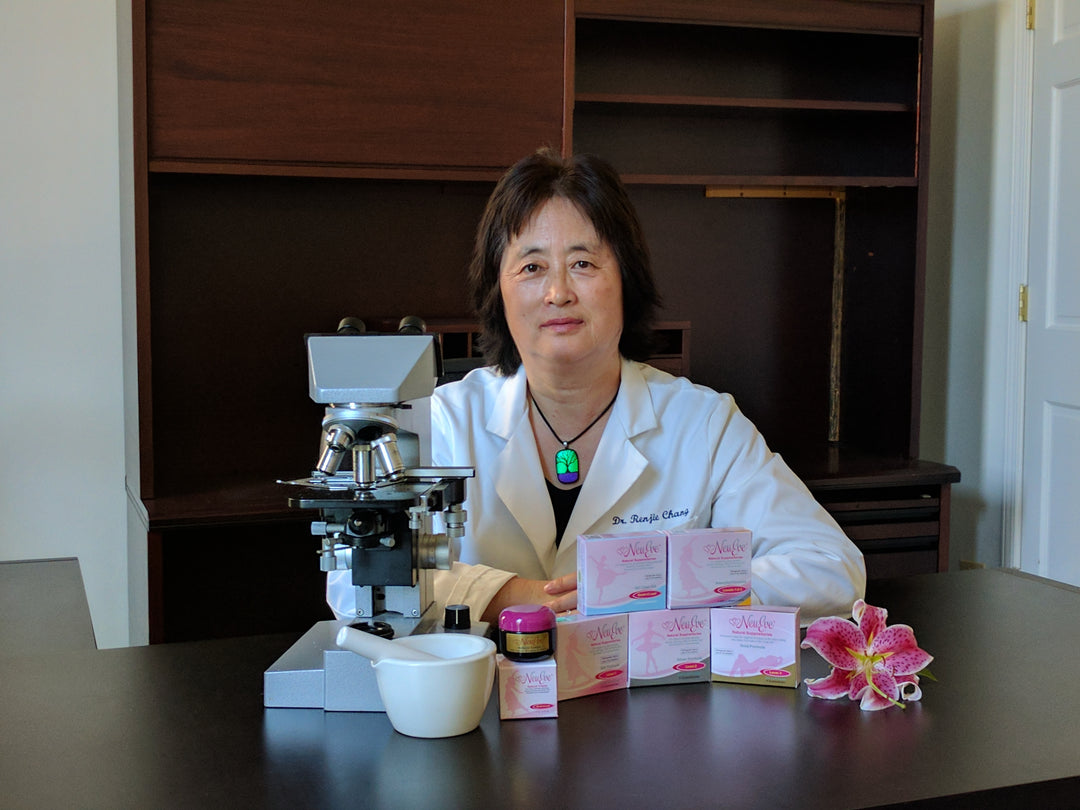


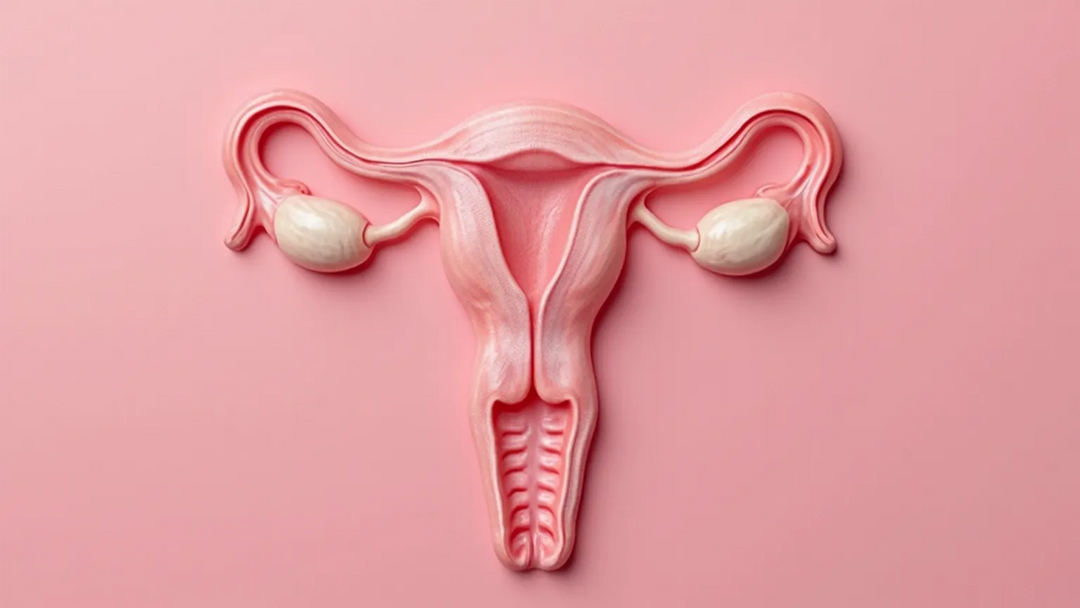
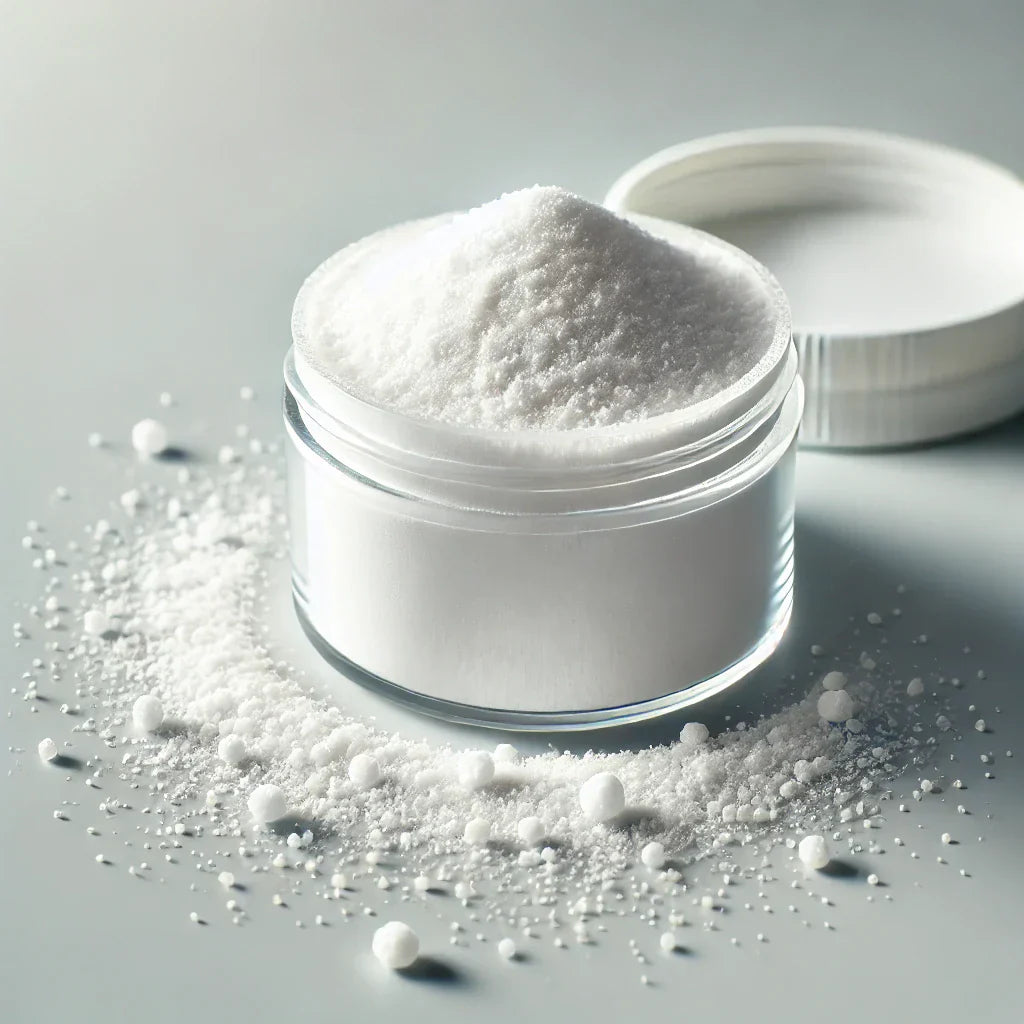


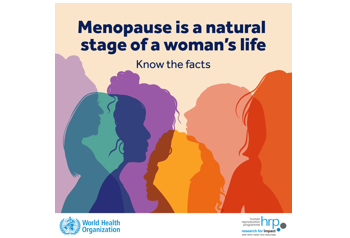
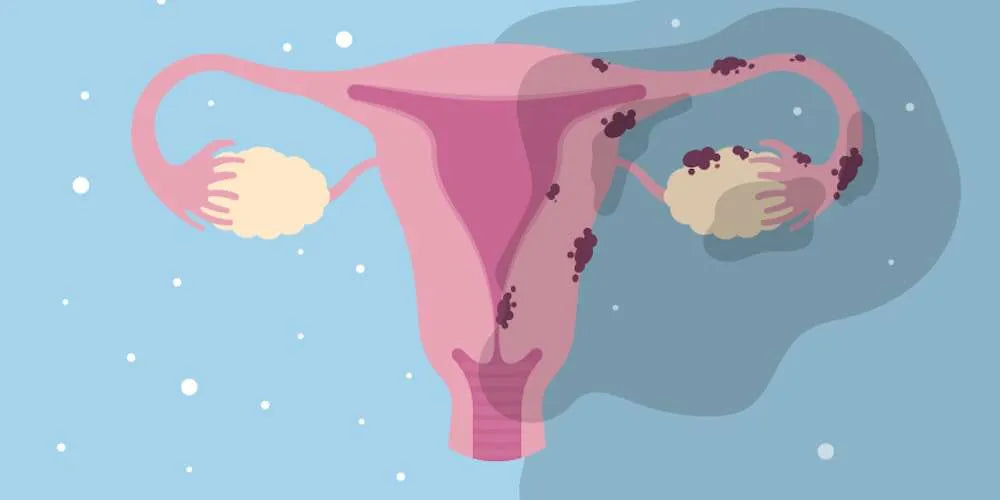
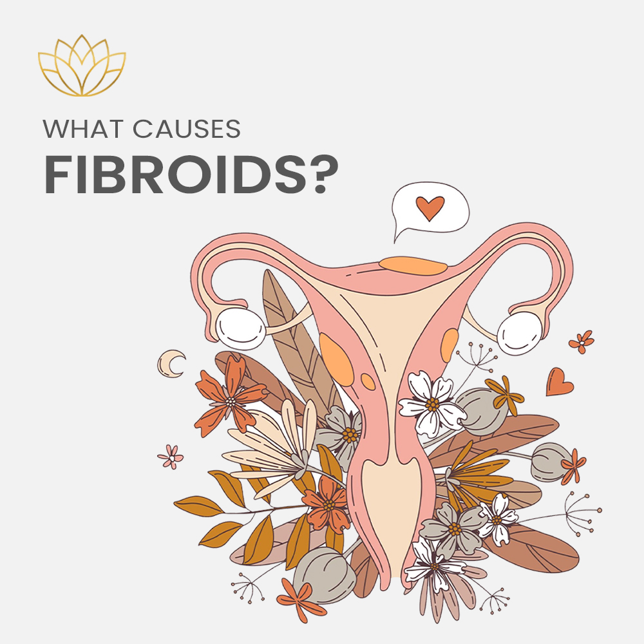
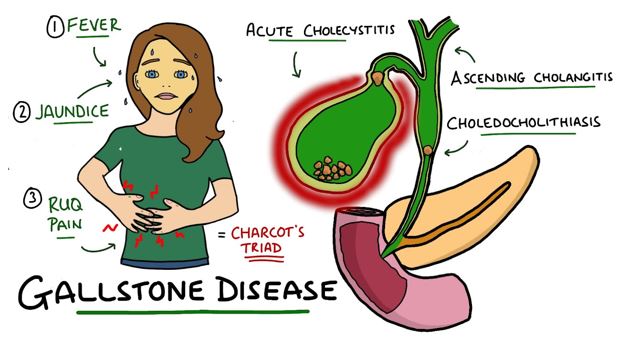


Leave a comment